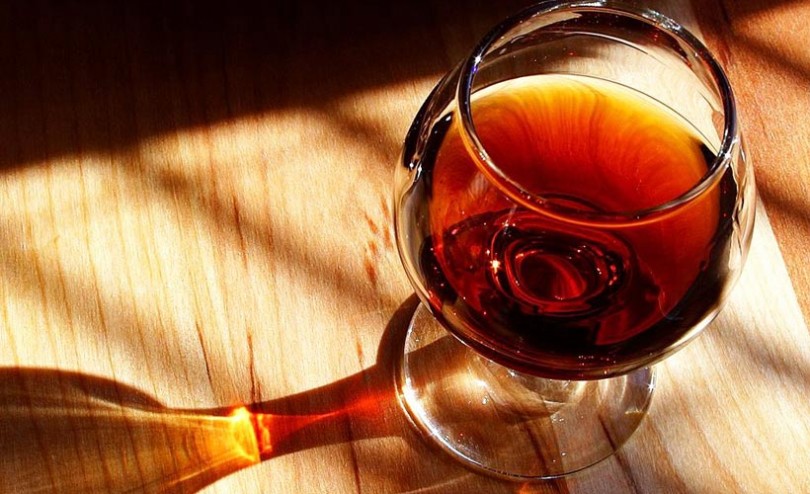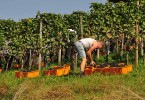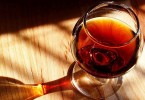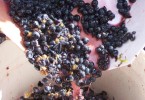Alcoholic content of wine or alcohol by volume?
To carry out the fermentation in an efficient way, some elements must be observed. The must has to have a high concentration and the fermentation temperature must not exceed 37°. The yeasts, in fact, would be blocked because of the high temperature. The perfect temperature for red wines is 25°-28 ° while for white wines it is around 18°-22 °. Yeasts also need oxygen and nutrition. Lastly, the use of pesticides and sulfur is an obstacle to fermentation.
From these considerations it can be deduced that the quality and quantity of alcohol depends on the work at the bottom of the process, in the vineyard and the cellar.
Acquired, potential and total alcohol
For acquired alcohol it is meant the real quantity of alcohol developed by the action of yeasts. Potential alcohol refers to the quantity of alcohol that can derive from the presence of residual sugars. The total alcohol comes from the sum of both. In wines the alcohol content is between 10% and 19%. In sweet and passito wines it is indicated with the symbol %+%. The first percentage represents alcohol actually acquired, while the second indicates what could possibly be done due to residual sugars.
How to determine the alcoholic volume of a wine

I metodi per stabilire la gradazione alcolica di un vino sono due: per distillazione e per ebollizione.
There are two methods to understand the alcoholic volume of a wine: by distillation and by boiling.
The first system is based on the concept that wine and water have a different specific weight. First, it is necessary to alkalize the wine to prevent volatile substances from passing through the distillate. After starting the distillation at 20°, the density is measured by a hydrostatic balance. Then, a comparison between the values obtained with those reported on the reference charts written for the purpose is necessary.
The second system, namely the boiling, starts with the assumption that water and wine have two different boiling points. The boiling point of the water is 100 °, while the one of wine is around 78°. The process of boiling wine takes into account the “temperature” parameter to determine the alcohol content. The more the temperature will be close to 78 °, the greater the alcohol content will be. The reference, as in the previous case, is the charts.
Alcohol content and effects on wine
The alcohol in the wine carries out specific tasks. Its presence preserves wine from the attack of bacteria, often causing illness. Flowering is a specific disease of wines with a low alcoholic content. Yeasts like Pichia and Candida attack alcohol by turning it into water and carbon dioxide. Acescence is likewise illnesses caused by a lack of alcohol. Acetic acid bacteria oxidize the alcohol by transforming it into volatile acidity.
Its presence in sweet wines contributes to attenuating the cloying sensation.
Increasing alcohol in red wines with poor perception of the notes indicates that the time to consume the wine has passed. Excessive alcohol, however, also in young wines tends to cover the typical hints of wine.
Harvest Time and Alcohol by volume in wine
Establishing the time of harvest is crucial to the alcoholic gradation of wine that will be produced. The oenologist, in the last period, will make regular checks to understand the right time for harvesting. The bunches will be ready when they become flexible, the grapes can be easily separated and squeezing them the present sugars will be evident. This method is indicative but unclear. There is a tool that helps to make immediate analyzes on a sample of grapes that represents all the grapes of the vineyard: the refractometer.
Imagine source: wikimedia.org







